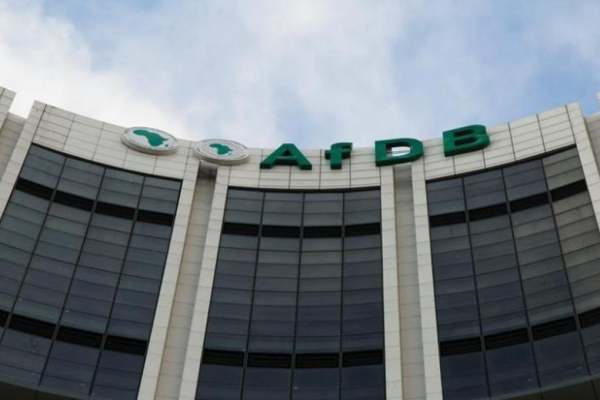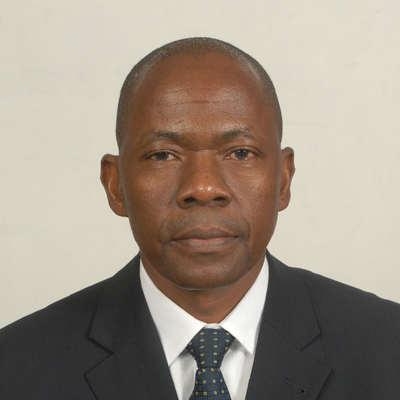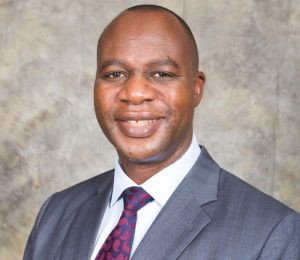
THE World Bank (2015) estimates that investment needs in infrastructure alone amount to about $96 billion per year in Africa. BY KUDZAI GOREMUSANDU
Average private sector participation in current infrastructure investment in developing countries is considerably lower than that in developed countries and may not address existing investment needs without significant up scaling (African Union et al, 2015).
In 2015, the African Development Bank initiated the infrastructure fund Africa50, which aims to increase the level of investment funds channelled into national and regional projects in the energy, transport, information and communications technology and water sectors.
For example, the Fund intends to mobilise over $100 billion for infrastructure development, from the stock market, African central bank reserves and African diaspora, and will target lending to the private sector to enhance their participation in the development of the economy. This will help develop Africa’s infrastructure by lending to high-return infrastructure development investments to unlock its economic potential.
While infrastructure investment needs are already large, requirements related to the other Sustainable Development Goals raises this number higher.
Estimates made prior to the United Nations Conference on Sustainable Development, held in Rio de Janeiro, Brazil in June 2012, determined that Africa would require close to $200 billion per year to implement sustainable development commitments under the social, economic and environmental dimensions (United Nations Economic Commission for Africa, 2015) Several important international developments occurred in 2015 that have significant implications for the scale of Africa’s financing needs and debt sustainability. In September 2015, the international community adopted the Sustainable Development Goals.
African Member States have thereby committed to implementing national and regional development programmes in the next 15 years that aim to contribute to achieving the 17 Goals and 169 targets. Compared with the eight Millennium Development Goals and 21 targets, this international engagement is a far more ambitious development endeavour that will necessitate substantial financial resources.
On average, Africa’s external debt stock grew rapidly, by 10,2% per year in 2011-2013, compared with 7,8% per year in 2006-2009. The annual average growth rate of Africa’s external debt stock exceeded 10% in eight heavily-indebted poor countries and 13 non-heavily-indebted poor countries. In 2011-2013, the external debt stock grew most rapidly in Mozambique (by, on average, 30% per year), Cameroon (26% per year) and Gabon, Nigeria, Rwanda and Seychelles (24% per year each).
- Chamisa under fire over US$120K donation
- Mavhunga puts DeMbare into Chibuku quarterfinals
- Pension funds bet on Cabora Bassa oilfields
- Councils defy govt fire tender directive
Keep Reading
Currently, many African economies are entering a period of tightened borrowing conditions, amid global concerns about emerging market growth prospects and financial volatility (IMF, 2015). In general, external debt levels are now at relatively low levels in most African countries, aided by strong economic growth, low interest rates and the provision of comprehensive external debt relief to some 30 African countries under the Heavily Indebted Poor Countries Initiative and Multilateral Debt Relief Initiative.
As at 2015, the two initiatives had managed to substantially reduce the debt burdens of eligible countries.
Measures to reduce financial debt in Africa
First, given the complexity of Africa’s development challenges, the scale of its development finance needs and the size of its capacity constraints, African countries need to leverage all possible sources of finance. Debt, both domestic and external, as well as other complementary sources, cannot be excluded from Africa’s list of development finance policy options. Therefore, debt channelled to investments related to the Sustainable Development Goals should be afforded more flexibility. However, Africa’s vulnerability to rapidly changing external conditions, including volatile commodity markets and unstable international financial markets, make debt a more problematic financing instrument than necessary.
Second, external debt in Africa is on the rise and is predominantly related to reduced export revenue, a widening current account deficit and slower economic growth. The composition, terms and conditions of such debt are changing, with higher interest rates and concessional loans as a share of total debt. The structure and composition of debt are, therefore, relevant to debt sustainability.
Third, domestic debt in Africa is gradually rising and increasingly consists of marketable debt. Domestic capital markets have been deepening as international investor interest has grown. Greater reliance on domestic resources may allow countries more policy space in implementing their development priorities, as financing through official development assistance is often tied to policy conditionalities.
However, with domestic debt playing an increasingly important role, countries may face new risks as the range of creditors and debt instruments continues to expand.
Fourth, there is a wide range of complementary modalities of development finance, which, if effectively tapped, may contribute to meeting Africa’s financing needs without necessarily affecting debt sustainability. Such modalities include remittances and public–private partnerships, as well as curtailing illicit financial flows.
Fifth, enhanced international and regional co-operation is needed to build institutional capacity in addressing Africa’s development finance needs and debt management challenges. Regional integration could play a critical role in coordinating and mainstreaming key regulatory and institutional dimensions of broader financing for development initiatives in the context of Agenda 2063 of the African Union and the 2030 Agenda for Sustainable Development.











